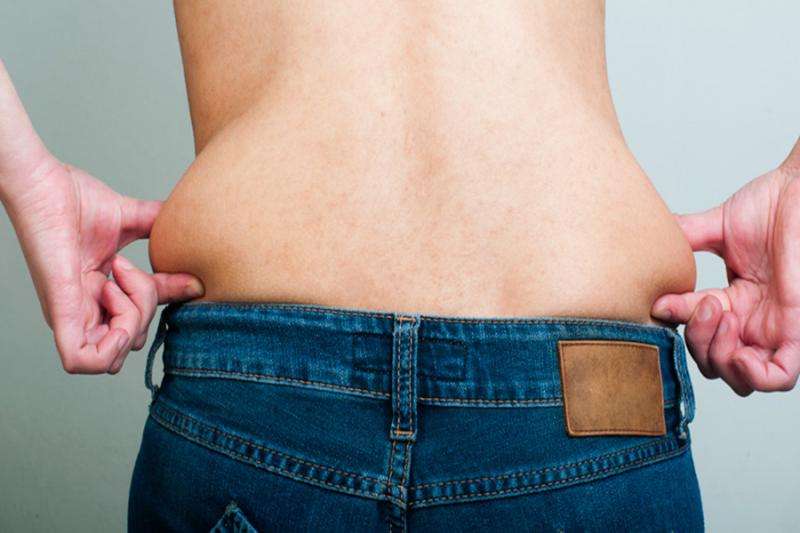The healing power of love handles

Question: when is a bit of surplus belly fat a good thing? Answer: when it can help to heal a broken bone.
This novel orthopaedic scenario is the focus of research by a young biomedical scientist, Krishneel Singh, who has found a way to combine stem cells from human body fat with dead coral to make bone implants.
This would be especially beneficial for elderly people with fractures, for whom bone grafts come with risks as well as benefits.
Every year about a third of people over the age of 65 have a fall and about a third of them sustain a hip fracture.
"Many older patients have a diminished immune system and infections easily develop if they get a bone graft or metallic implant," Singh says. "If we use their own cells it would have a much more favourable outcome."
To conduct his research, Singh uses a centrifuge to combine fat cells and coral. "If you can imagine, the coral is like a colander, except its pores are bigger than the fat stem cells. So if you try to stick the stem cells onto the coral, most of the time they will fall right through," says Singh, a PhD student at the University of Technology Sydney (UTS).
"However, we can force the stem cells onto the coral by using a centrifuge, and if they still pass through the coral then we repeat this step until they all stick."
At this stage of his research, Singh obtains body fat from a cosmetic surgeon who performs liposuctions; marine science researchers help out by providing dead coral. Some coral polyps are also grown artificially in the laboratory. His aim eventually is to use fat stem cells from the graft recipient because they will be more compatible.
After combining the coral and fat in the centrifuge, Singh sets them aside and examines their growth after seven, 14 and 30 days.
"I found that the stem cells grew all over the coral and looked very similar to the proteins in the bones in your body," he says. "The longer you leave them on the coral, the more the gap between them closes, and the more similar the stem cell proteins become to bone."
Singh has condensed the complex narrative of his research into a 180-second presentation, "From Belly to Bone", for the annual Three-Minute Thesis competition. His speech earned him the UTS title and entry to the trans-Tasman final, which was held earlier this month.
As an undergraduate, Singh shared a lab with researcher Dr Jerran Santos, who was studying stem cells. Later, he linked up with Professor Bruce Milthorpe who is also studying stem cells and Professor Besim Ben-Nissan who is investigating how coral could be used for bone regeneration.
Since his days at East Hills Boys High School in south-western Sydney, Singh has aspired to make a difference to human health. He will now take his discovery to the next phase – laboratory trials that he hopes will deliver "proof of concept".
"Then, hopefully, we can move quickly on to human trials," he says. His hope is that in less than five years he will be grafting stem cell-infused coral to fix human fractures.
Professor Lawrence Kohan, a consultant orthopaedic surgeon, is encouraged by Singh's research.
"In the clinical situation, the management of bone loss, bone fragility and united fractures is a significant and rising problem," Professor Kohan says.
"[Singh's] technique, if it fulfils its promise, would provide an option which does not rely quite so much on pharmacology, the harvesting of bone from the patient, or from donor material, with the attendant risks, expense and limited availability."

















